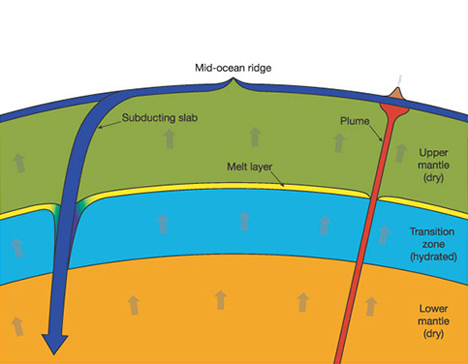

This constant, known as a decay constant, can be measured and is specific for each decay scheme. Radioactive decay of parent to daughter isotopes (figure A-2) occurs randomly, but for many atoms the average decay rates over time are very constant. For dating of geological materials, we are concerned only with alpha and beta-both of which involve the change of an isotope of one element, the parent isotope, into an isotope of another element, the daughter isotope. Radioactive decay is a nuclear process that affects the number of protons and neutrons and thus forces us to think in terms of isotopes.Īs shown in figure A-1, there are three types of different natural radioactive decays: alpha (α), beta (β), and gamma (γ). In other words, an isotope of an element is simply the same element with a different number of neutrons. However, the number of neutrons in the nucleus may vary, and when it does, it will be a different isotope of the same element. Each element of the periodic table is composed of atoms that have the same number of protons in the nucleus and electrons in a shell surrounding the nucleus. To understand basic radioactive decay, some atomic-level definitions are necessary. From this data and by knowing the isotopic decay rate, the mineral’s age can be calculated. Modern mass spectrometers can measure infinitesimally small differences in the parent and daughter isotopes that have been trapped in minerals by measuring isotopic ratios. Long-lived radioactively decaying elements such as uranium, samarium, rhenium, and rubidium have one or more isotopes that spontaneously decay (known as a “parent”) to the isotope of another element (or “daughter”) at a constant average rate (box A). The most robust way to determine the absolute age of any mineral or rock is through radiogenic isotope analyses. This attribute will never be matched in any synthetic diamond. Are diamond-forming events a result of specific larger-scale geologic processes?Ī benefit of this quest has been to show that the oldest mineral sample you can obtain and wear as jewelry is a diamond that is often three billion years or older-this is almost three-fourths of the earth’s age.Can one mine have diamonds with multiple ages?.

#Age of water mineral content picture free
Absolute ages are free of any knowledge of relative age relations to any other geological material. To determine the absolute ages of rocks and minerals such as diamond, scientists measure naturally occurring radioactively decaying elements. In the field, relative ages can be determined by cross-cutting relationships (the younger rock “cuts” across the older rock) or superposition (the younger rock overlies the older rock). A geologist needs to know the age of rocks to construct the geologic history of an area. Humans, animals, wine, cars, and antiques are viewed and understood in the context of their age. Results for much of this testing are posted on Fairfax Water's website in its Annual Water Quality Report.Comprehensive CAD/CAM For Jewelry Certificate The majority of the regulatory and water quality monitoring testing performed, which include Organic, Inorganic, Metals, and Bacteriological testing, are conducted at Fairfax Water’s laboratory using sophisticated instrumentation.
#Age of water mineral content picture portable
Other testing, such as chlorine, pH, and temperature, is performed at the sample location site with portable instrumentation. Water undergoing the treatment process is continuously monitored for pH, turbidity, coagulation efficiency, and disinfectant residuals through technically advanced on-line monitoring systems. In addition to regulatory testing many other analyses are performed to monitor the water quality of the Authority’s raw sources, water within the treatment process, as well as within the distribution system. Fairfax Water’s Water Quality Laboratory, a state certified laboratory, performs or manages the testing required by State and Federal regulations.


 0 kommentar(er)
0 kommentar(er)
